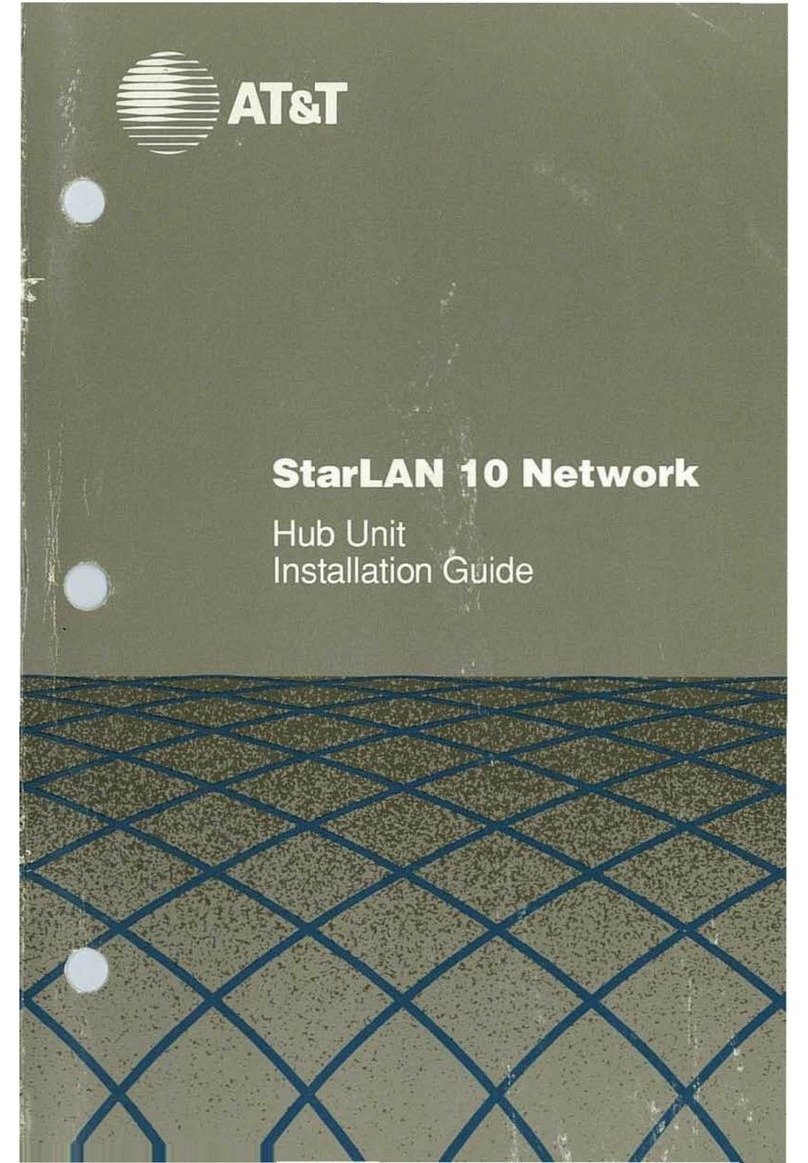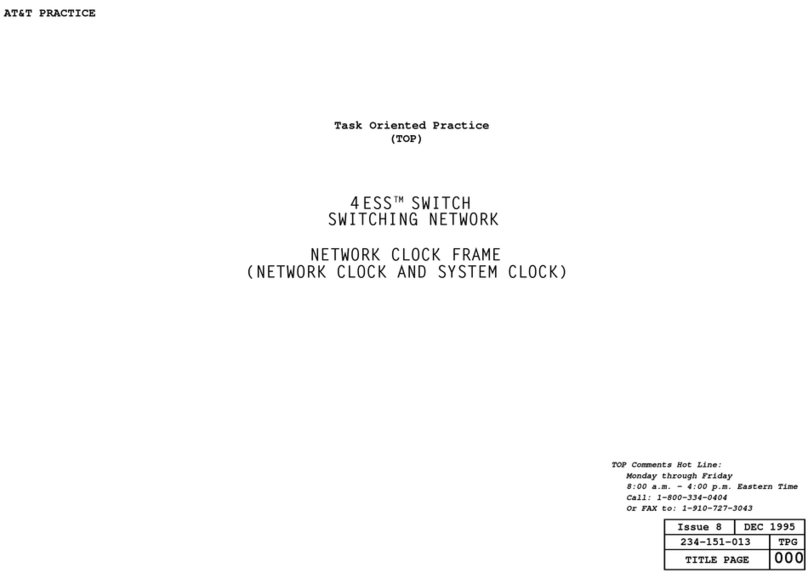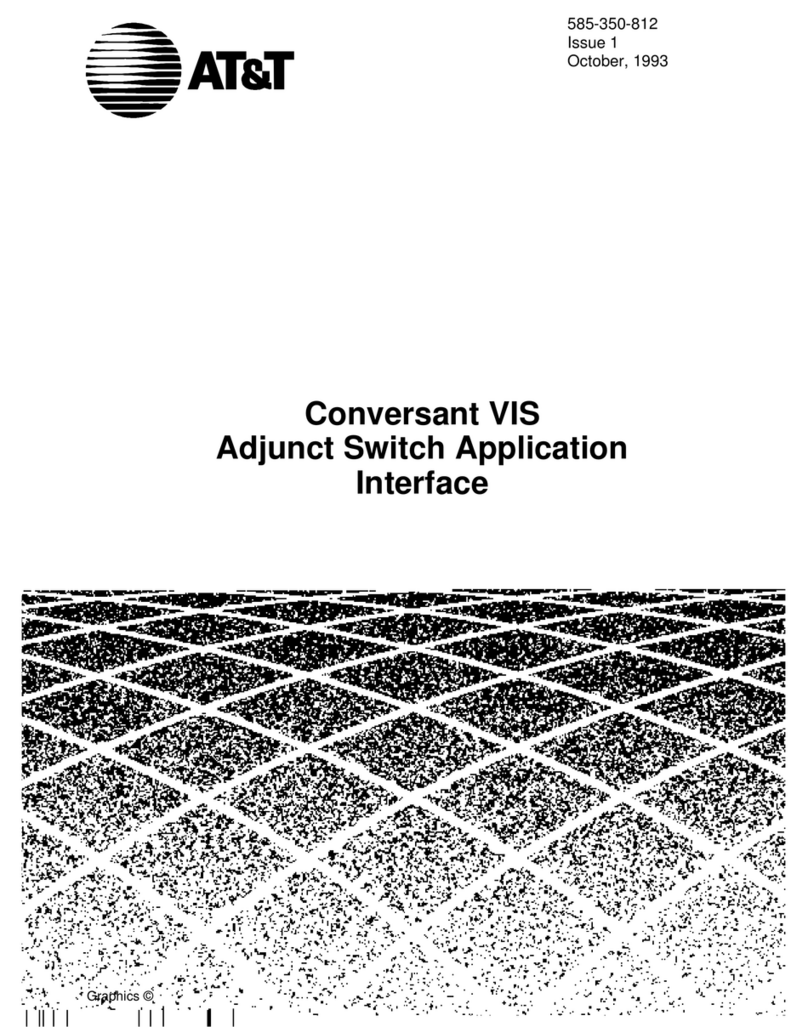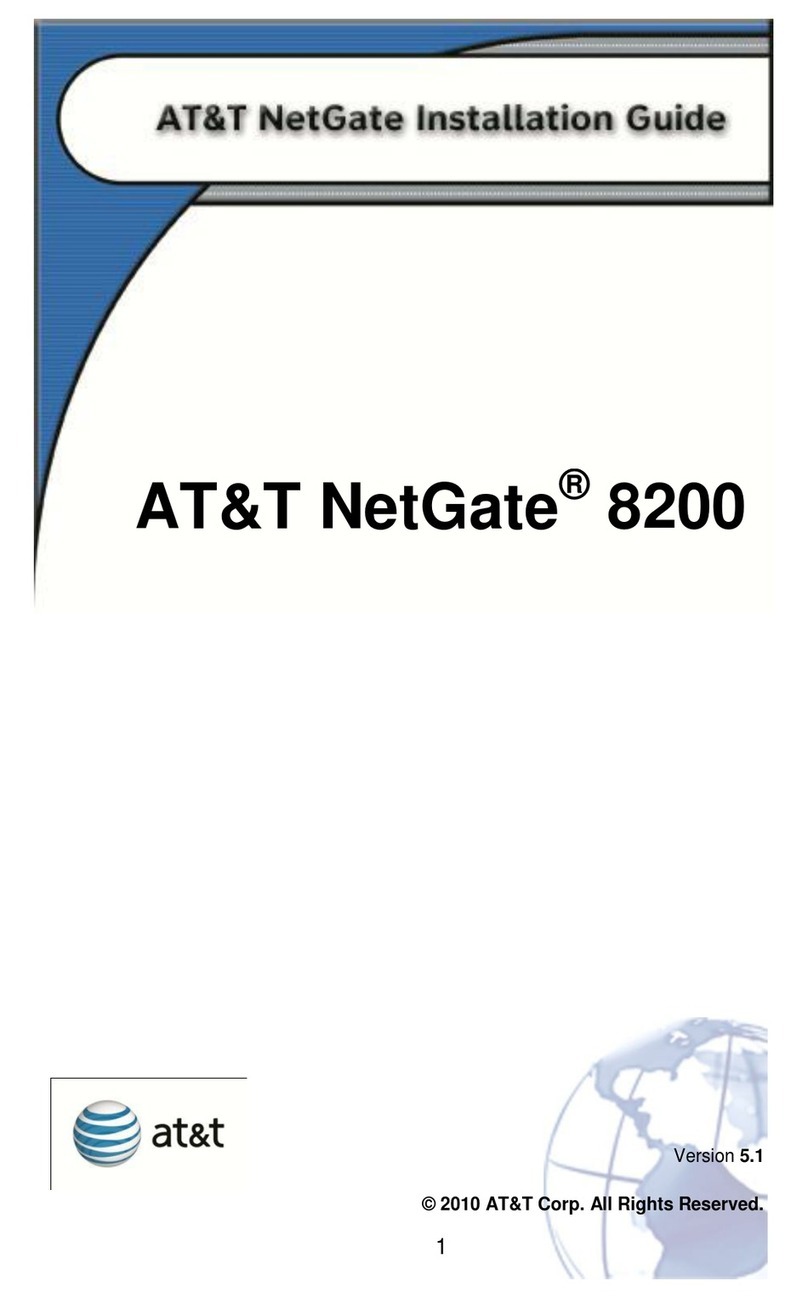
ORGANIZATION
This guide is organized into five sections:
●
●
●
●
●
●
SECTION 1—INTRODUCTION
Contains an overview of the system Uniform Wiring Plan and presents
general guidelines on hardware selection and manual organization.
SECTION 2—Z100-TYPE MODULAR HARDWARE
Contains an explanation of Z100-type and associated hardware, job planning,
equipment ordering codes, and how to install the hardware.
SECTION 3—110-TYPE HARDWARE
Contains an explanation of 110-type and associated hardware, job planning,
equipment ordering codes, and how to install the hardware.
SECTION 4—66-TYPE HARDWARE
Contains an explanation of 66-type and associated hardware, job planning,
equipment ordering codes, and how to install the hardware.
SECTION 5—GLOSSARY
Contains a brief description of some of the terms used in this guide.
SECTION 6—INDEX
Contains a permuted index.
Use of Guide
This guide will be helpful in planning, designing, and installing a cost-effective wiring
installation that allows moves, changes, and additions to be made quickly and easily. To
make the best use of this guide, take the time to read it thoroughly and become familiar
with its contents and organization. For quick access to information needed to answer most
questions, simply refer to the table of contents and locate the specific item in question.
To answer questions requiring more information than this guide contains, consult the
documents listed previously in this introduction section. If you need additional help, contact
the Premises Services Consultant (PSC).
For further technical assistance, the recommended channel for AT&T System Technicians is
as follows:
1. Contact your Field Assistance and Support Team (FAST).
2. If a satisfactory answer is not obtained from the FAST center, contact your
supervisor.
3. Your supervisor should contact the regional staff, if necessary.
1-3































